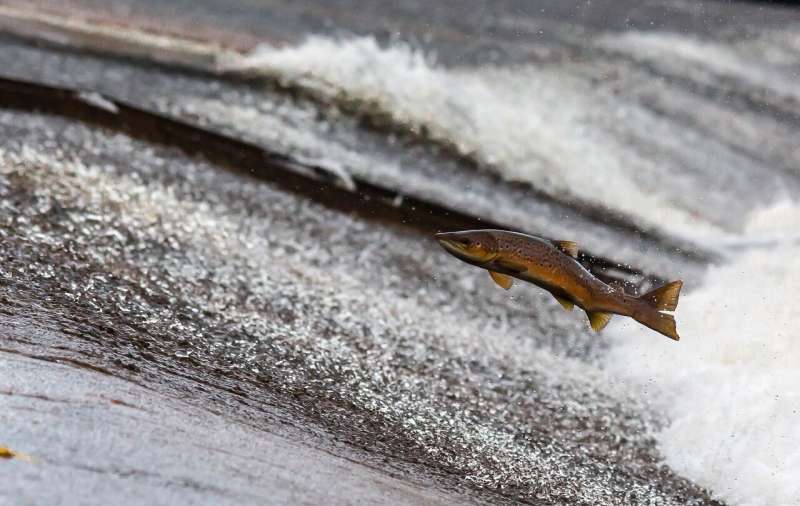Urban design standards needed to protect Fraser River salmon, report finds

A joint research study by the Pacific Water Research Centre at Simon Fraser University and the Fraser Basin Council points to the use of certified, nature-based solutions for protecting salmon and aquatic habitats in the Lower Mainland.
Salmon face various threats in the Lower Fraser Watershed (where the Fraser River passes through the Metro Vancouver geographical area), including habitat loss due to urban development and toxic stormwater runoff, which is projected to worsen due to climate change-driven extreme rain events.
The study released today found approaches for protecting salmon through the watershed can vary widely within the patchwork of municipal, regional and provincial regulations currently in place. While regulations and standards are different across the board, 90 per cent of experts surveyed agree that urban development practices compromise the long-term health of the watershed.
Researchers believe adopting salmon-friendly urban development policies and certifications, such as the Fraser Basin Council's voluntary Salmon-Safe BC urban standards eco-certification program, throughout the region would advance progressive land and water management in the Lower Mainland.
"There is a great opportunity for municipalities to work in collaboration with the provincial government, and enact policies and standards that can lessen the threats to salmon," said Zafar Adeel, executive director of the Pacific Water Research Centre (PWRC). "By having projects be certified Salmon-Safe, we'd make sure organizations and governments are applying the same standards throughout the region. This would work in the same way we currently use LEED certification for projects and buildings trying to reach a certain level of sustainability."
One of the most successful approaches that planners can use to reduce the risk to salmon from urban development is to adopt nature-based solutions, also known as green infrastructure. The idea is to use features such as green roofs or permeable pavement, which are designed to retain rainfall where it lands and prevent it from washing into storm sewer systems. Such projects can be used to mitigate toxic stormwater runoff into the river. They have also been found to eliminate more than 90 per cent of pollutant commonly found in roadway runoff by retaining and degrading pollutants in soils and plant life.
More information: www.sfu.ca/pwrc/reports/creati … ties-for-salmon.html
Provided by Simon Fraser University



















